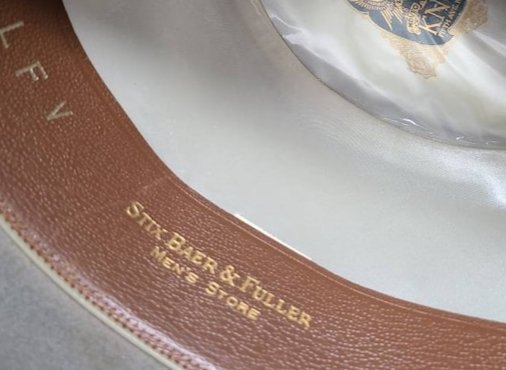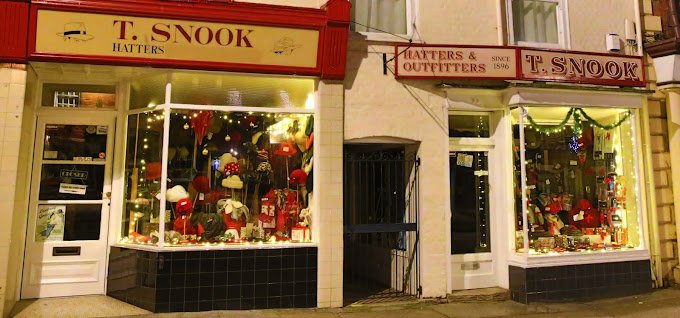Mighty44
Call Me a Cab
- Messages
- 2,200
Amazing!Supernatural Milan from Samter's of Scranton, Pennsylvania.
View attachment 554660
Samter's was around from 1872 until the early 1980s.
The history as of 1914:
View attachment 554665
1880s: 217-219 Lackawanna Avenue (Valley House Block).
View attachment 554655
View attachment 554663
View attachment 554664
View attachment 554666
1900:
View attachment 554662
"Samuel's sons Samuel, Benjamin and Isaac razed this building to build a new store in 1923. Samter's continued to expand until it was known as "Scranton's largest apparel store," providing clothing, outerwear, and accessories for men, women and children. At Christmas, the store window displays were designed to rival those in larger department stores in New York, and Santa always took up residence inside the store."
1949: Penn and Lackawanna Avenues
View attachment 554657
1950s:
View attachment 554658
The Penn and Lackawanna location closed in 1978 and Samter's had a smaller location in a mall until the early 1980s.
Nowadays:
View attachment 554661







